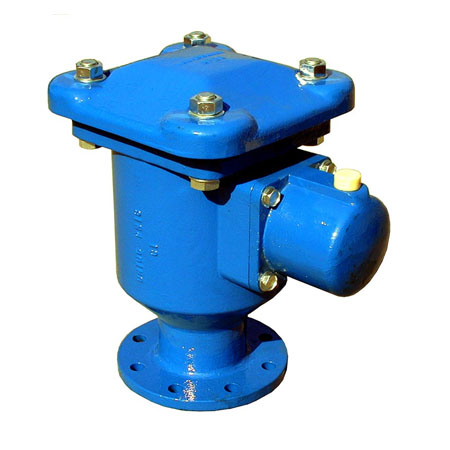We have standardization and professional service system
Ensure you enjoy the high quality and efficiency service.Air valves are hydromechanical devices designed to automatically release air and wastewater gases or admit air during the filling, draining or operation of liquid piping systems for water and wastewater services. The safe and efficient operation of a liquid piping system is dependent on the continual removal of air and wastewater gases from the liquid piping system.
There are three primary sources of air in a pipeline. First, at startup, the pipeline contains air which must be exhausted during filling. As the pipeline is filled, much of the air will be pushed downstream and released through hydrants, faucets, and other mechanical apparatus. A large amount of air, however, will become trapped at system high points.
Air is sometimes removed from a line with a manual vent during initial startup, but this method does not provide continual air release during system operation nor does it provide vacuum protection. Today, municipalities use a variety of automatic air valves at the pump discharge and along the pipeline.
There are many types of air valves installed in potable water supply systems, such as air and vacuum valve, automatic air release valve and combination air valves.
Air and vacuum valves discharge large quantities of air from non-pressurised pipes and are used mainly when filling a line. Air and vacuum valves also make it possible to admit large quantities of air when lines are drained and when the pressure drops suddenly. Air and vacuum valves are also known as kinetic valves, large orifice air valves, vacuum breakers, low-pressure air valves and air relief valves.

Automatic air release valves continuously release relatively small quantities of air from a pressurized line. The automatic air release valve is also known as a small orifice air valve and as a pressure air valve.
Combination air valves fulfil the tasks required of both types of valve - air and vacuum and automatic. They discharge or intake large volumes of air when filling or emptying a system and continuously release small volumes of air when the line is pressurised. Combination air valves are also known as double orifice air valves, double acting or dual orifice.
Air valves assure that air can be released or admit from a pipeline without water escaping.
Reduce Hastened corrosion
Decreases energy consumption and operation costs
Accuracy in flow metering
Reduces the delay time for filling of mains, so increases the efficiency of the pump & pipeline
Decreases the risk of water hammer
Sudden movements of air pockets can result in a rapid change in the flow velocity, leading to high-pressure surges of a destructive nature. So, decreasing the air pocket in the pipeline reduces the chance of surge.
On rising mains from pumps to release and admit the air
On long constant-sloped pipeline segments
At local peaks in the system
After pressure reductions
By changes of the pipe diameter
Along pipeline sections of long uniform slopes every 500 meters
Street underpasses
In front of flow meters
By filter installations
Copyright © Beijing Solaire International Corporation All Rights Reserved | Sitemap |